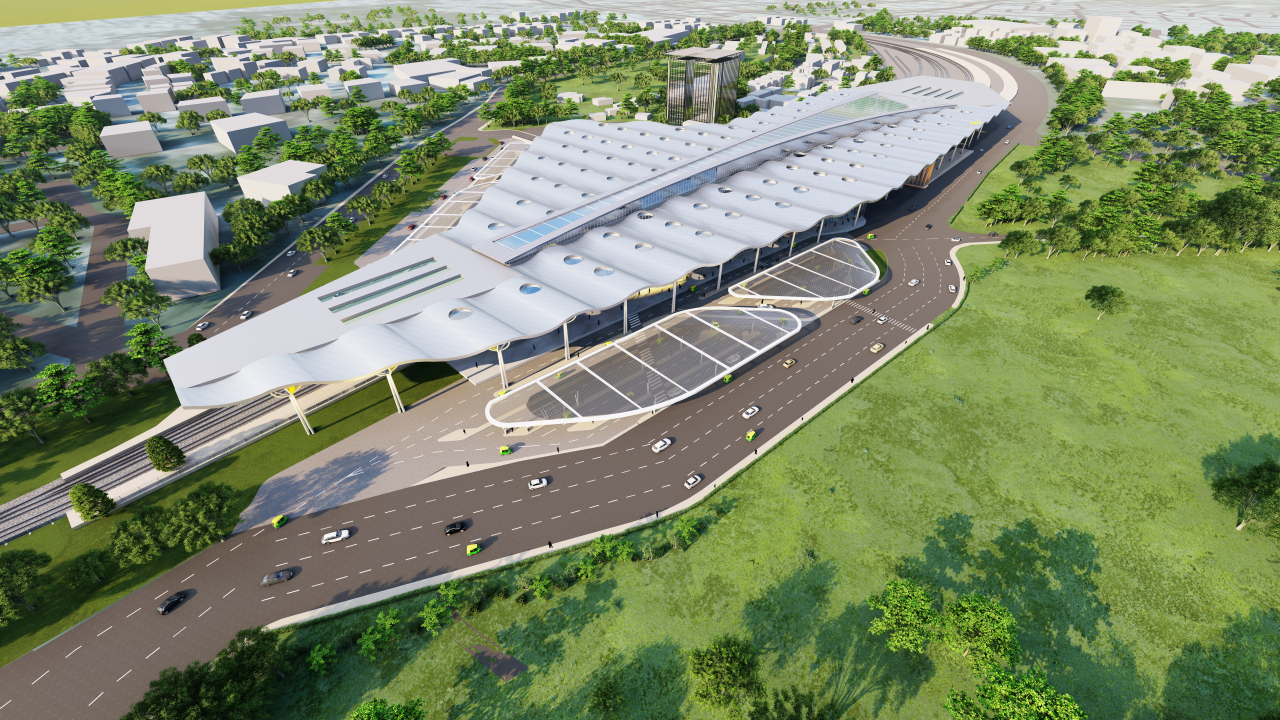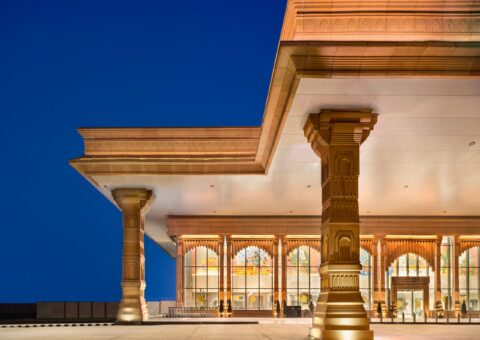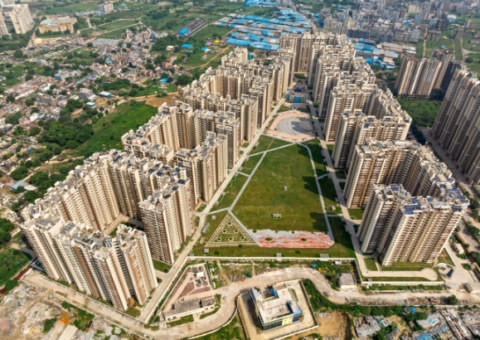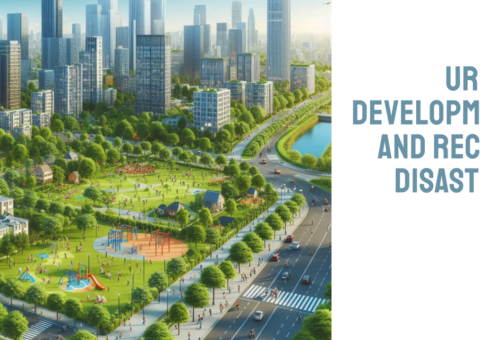Reviving Railway Stations How to Redesign Abandoned Stations with Modern Relevance?
India's railway stations are not just functional hubs for transportation; they are living monuments that tell the stories of our history and culture. From the bustling Andheri station in Mumbai to the iconic Bangalore Cantonment station, these stations are not just buildings but landmarks that have shaped the cities they serve. They have been immortalized in movies, studied in architectural books, and have become integral parts of our urban landscape. One of the key aspects of these railway stations is their heritage value. They are not just structures but are symbols of our past, representing a rich era of architectural excellence and cultural significance. Preserving this heritage is crucial. It allows us to retain a sense of identity and connection to our roots.
The Bangalore Cantonment station is a prime example of how heritage can be preserved and integrated into modern developments. This Grade 2 listed building has been carefully preserved, with new structures built around it. This approach allows the existing building to be protected while also bringing in modern amenities and facilities. Similar examples can be found around the world, such as London's King's Cross station, where new structures have been built around existing heritage buildings. This approach preserves the heritage while also allowing for modernising facilities and services, enhancing the overall passenger experience. One of the challenges in preserving heritage buildings is bringing modernity into them. Modernising these structures while retaining their original charm can be a delicate balance. Adaptive Reuse helps push this by repurposing these buildings for new functions, such as museums, galleries, or offices; we can ensure that they remain relevant and useful in today's world without destroying or erasing them.
However, despite the compelling advantages, several challenges must be addressed. Bureaucratic red tape and administrative hurdles can often impede the implementation of creative solutions. These obstacles can hinder the process of integrating heritage structures into modern developments, delaying or even halting progress. Overcoming these challenges requires a concerted effort from all stakeholders, including architects, policymakers, and local communities. It necessitates a shift in mindset, where heritage preservation is seen not as a hindrance but as an opportunity to create something truly unique and meaningful. By streamlining regulations and fostering a culture of collaboration and innovation, we can ensure that our heritage buildings continue to stand as proud symbols of our past while embracing the future.
Preserving heritage buildings like railway stations is not just a matter of architectural significance; it is a testament to our identity and history. These buildings become integral to a city's identity, representing its essence and history. Railway stations, in particular, are synonymous with the essence of a place like the Grand Central Station New York or the Andheri Station in Mumbai. They often serve as gateways to cities and regions, welcoming visitors and locals alike. They are more than just transportation hubs, and they are landmarks that tell the story of a city's development and cultural heritage. Preserving these stations ensures that future generations can appreciate and learn from the rich history and architectural legacy they represent.




